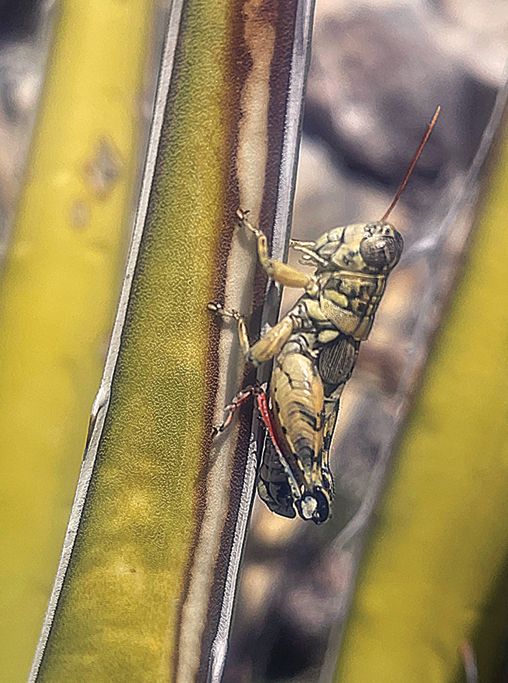Guest blog post by Kaiyun Zheng, Mark K. L. Wong, Toby P. N. Tsang, Chi Man Leong

During a field trip for an ecology course in a city park, lead author Ms Kaiyun Zheng was fascinated by the incredible insect biodiversity surrounding her. Insects serve as important bioindicators—their diversity and assemblage can reveal ecological processes and environmental health. However, sampling insect diversity is often challenging, requiring extensive equipment and field effort. Despite being one of the most species-rich animal groups, insects are undergoing a global decline due to habitat loss, pollution, and urbanization. Traditional insect surveys typically demand significant time and resources and are limited in scope.
Curious to find a more accessible approach, Kaiyun began exploring insect records from both expert-led field surveys and citizen science platforms such as iNaturalist. Together with her supervisor, Dr. Danny Chi Man Leong from Beijing Normal-Hong Kong Baptist University, and co-authors Dr. Mark Wong from The University of Western Australia and Dr. Toby Tsang from University of Toronto Scarborough, they posed a key question: Can citizen science reveal hidden biodiversity beyond what expert surveys have recorded?




Citizen science involves participation by people without formal scientific training, who contribute to scientific research by collecting and sharing data. In biodiversity documentation, citizen scientists can use smartphones and digital platforms to record species, helping expand scientific knowledge at scale.
Using insects as a model group, the authors examined the potential of citizen science to uncover undocumented biodiversity and discussed how large-scale citizen-contributed data could enhance ecosystem monitoring. To evaluate the strengths and complementarities of different data sources, they compared an expert dataset with a citizen science dataset.

In total, 1,889 insect species were recorded across both datasets, but only 462 species (24%) overlapped. The expert dataset included 1,339 species, of which 877 (65%) were not found in the citizen science records. Conversely, the citizen science dataset documented 1,012 species, with 550 (54%) unique to it. This substantial non-overlap indicates that the two approaches capture different facets of insect diversity. For example, there was relatively high overlap for insect groups such as butterflies and moths (Lepidoptera), likely due to their conspicuous appearance and popularity among observers. In contrast, groups such as wasps, bees and ants (Hymenoptera) and flies (Diptera) were underrepresented in the citizen science dataset, suggesting challenges in detecting smaller or more cryptic species.

These findings highlight the importance of integrating expert surveys with citizen science efforts to achieve a more comprehensive understanding of insect biodiversity, especially in urban areas which benefit from a high participation from citizen scientists.
Their study also highlights the unique strengths of citizen science for urban biodiversity monitoring. Residents living near parks and green spaces are ideally placed to document insect occurrences in real time across a wide range of locations. Notably, the study includes a citizen-contributed record of Mortonagrion hirosei, a Near Threatened damselfly rarely observed in Macao. This example illustrates how citizen science can detect rare or cryptic species, uncovering important biodiversity records and filling gaps left by traditional surveys, making it an indispensable tool for future biodiversity monitoring.

Research article:
Zheng K, Wong MKL, Tsang TPN, Leong CM (2025) Bridging Citizen Science and Expert Surveys in urban biodiversity monitoring: Insights from insect diversity in Macao. Biodiversity Data Journal 13: e153402. https://doi.org/10.3897/BDJ.13.e153402





















































































